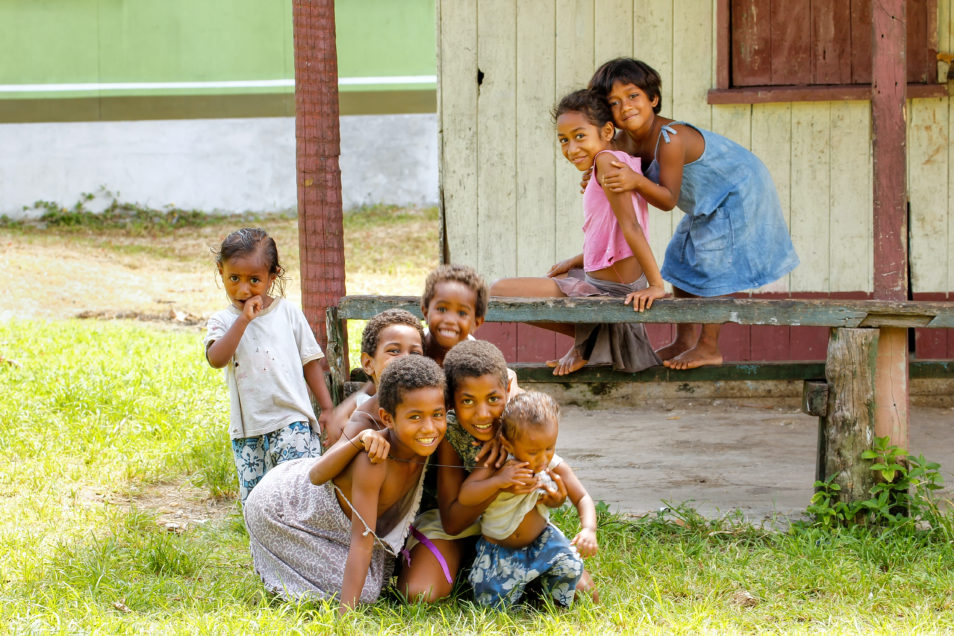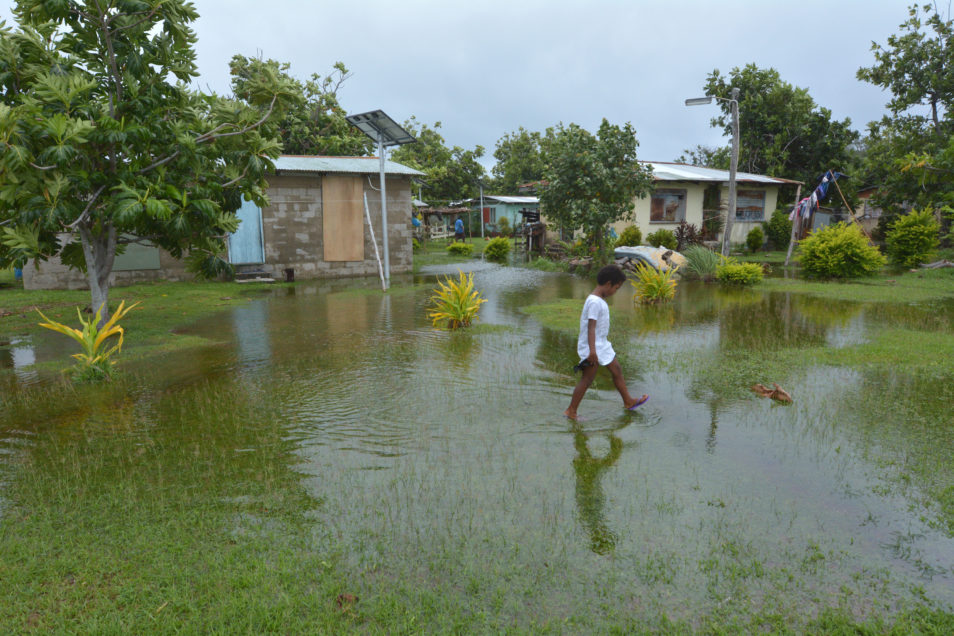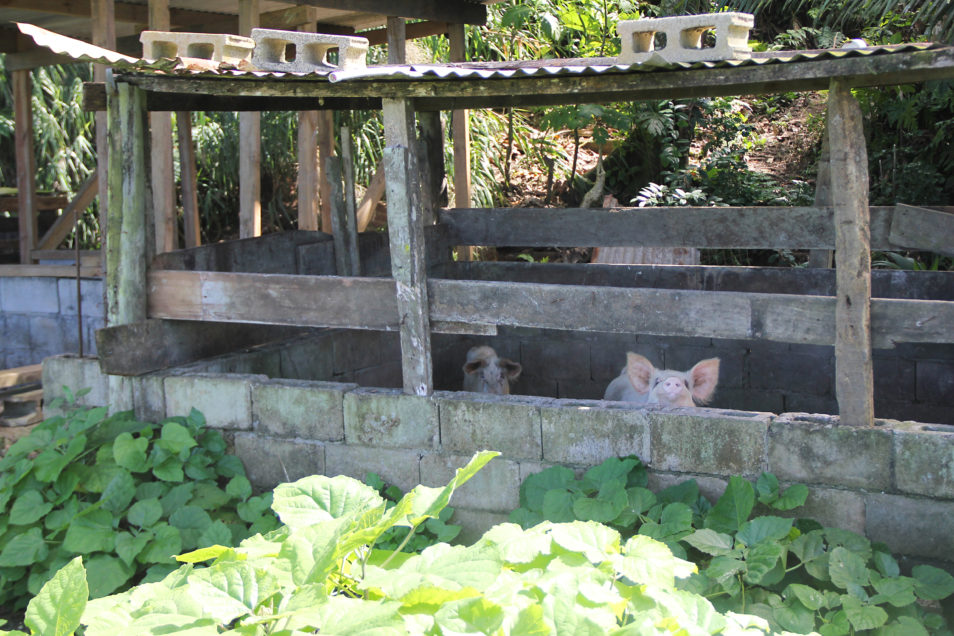
We’re helping Fiji fight against antimicrobial resistance (AMR).
This year has been a massive year in understanding more about our health and disease. The global spread of COVID-19 has put public health issues into the spotlight.
Another public health concern already seriously affecting our health is antimicrobial resistance (AMR). If you’re not familiar with the term, it’s where bacteria become resistant to the antibiotics used to treat it. As a result, this creates AMR or ‘superbugs’. The rise of superbugs will mean many antibiotics won’t work when treating bacterial infections and will make us feel sick for longer. It’s predicted that drug-resistant superbugs could cause up to 10 million deaths by 2050.
But we’re not just dealing with AMR on a local level. We’re also working with local communities and health professionals in Fiji.
Team Australia and Team Fiji join forces
Dealing with AMR is a big challenge, but one we’re currently looking at in Australia. We’ve started working with local organisations to help understand what AMR is and its impact on Australians.
But we’re not the only country in the region to look at AMR as an important issue. Our Pacific Island neighbours are particularly vulnerable to the emergence and spread of AMR. This is due to their small size, remoteness, susceptibility to natural disasters and varying health infrastructures. For example, Fiji experiences an average of 17 tropical cyclones per decade. As a result, disaster recovery takes up most of their resources.
Our friends in Fiji were the first nation in the Pacific region to develop and adopt an AMR national action plan back in 2015. This action plan focusses on strategies to combat and minimise the impact of AMR. The plan also aims to build community understanding of what AMR is and become aware of where the hotspots are across the country.
To help implement this action plan, the island nation has joined forces with us and other Aussie research organisations to tackle its AMR challenge.

Severe Tropical Cyclone Winston in 2016 was the strongest tropical cyclone in Fiji in recorded history. Fiji experiences an average of 17 tropical cyclones per decade.
The challenge of superbugs in the tropical island paradise
There are several unique challenges Fiji faces when it comes to AMR.
From a human health perspective, the Fijian population has some of the highest rates of bacterial infection. Its hospitals perform diabetic amputations at a rate of one every 12 hours. As a result, this places a greater need for antibiotics and increases the risk of AMR.
Another challenge for the island nation is the regulation of antibiotic use and accessibility of antibiotics from outside the country. This challenges the quality and safety of antibiotics.
There are also gaps in information about how Fijians in agriculture and farming environments use antibiotics.
Our team are helping the Fijian government to get a true picture of antibiotic use across human, animal and environmental health areas. The picture will help combat AMR in those locations. We would like to assist Fiji to be the tropical paradise it has always been – free from superbugs.

We’re helping the Fijian government get a true picture of antibiotic use in farming and agriculture.
AMR lessons for Australia
Let’s face facts – we’re also over-using antibiotics. Compared to 28 European countries, Australia is the eighth highest user of antibiotics. Yet, in our recent survey, 25 per cent of Aussies surveyed had never heard of antibiotic resistance before. So, we have some work to do.
As a global issue, there is an increasing need for all nations to come together to fight superbugs.
Our partnership with Fiji is not only helping to build stronger health ties between our nations. It gives us lessons to learn too. By helping to build a baseline understanding of AMR in Fiji, we can take note and be proactive in educating Aussies about AMR.


28th July 2020 at 11:07 am
I have a recollection that 3 or 4 decades ago, similar concern developed in our rural industry. Salesmen were encouraging giving healthy animals doses of antibiotics as a precaution. The government (which ran the country in those days) stepped in. Dept of Agriculture not only restricted use, where there were 2 or more chemically different but similar use products, they restricted it to one product for several years, then a different product and so on. Was this just an old farmers tale or did it work in reducing AMR in cattle? Do doctors have a similar approach with us?